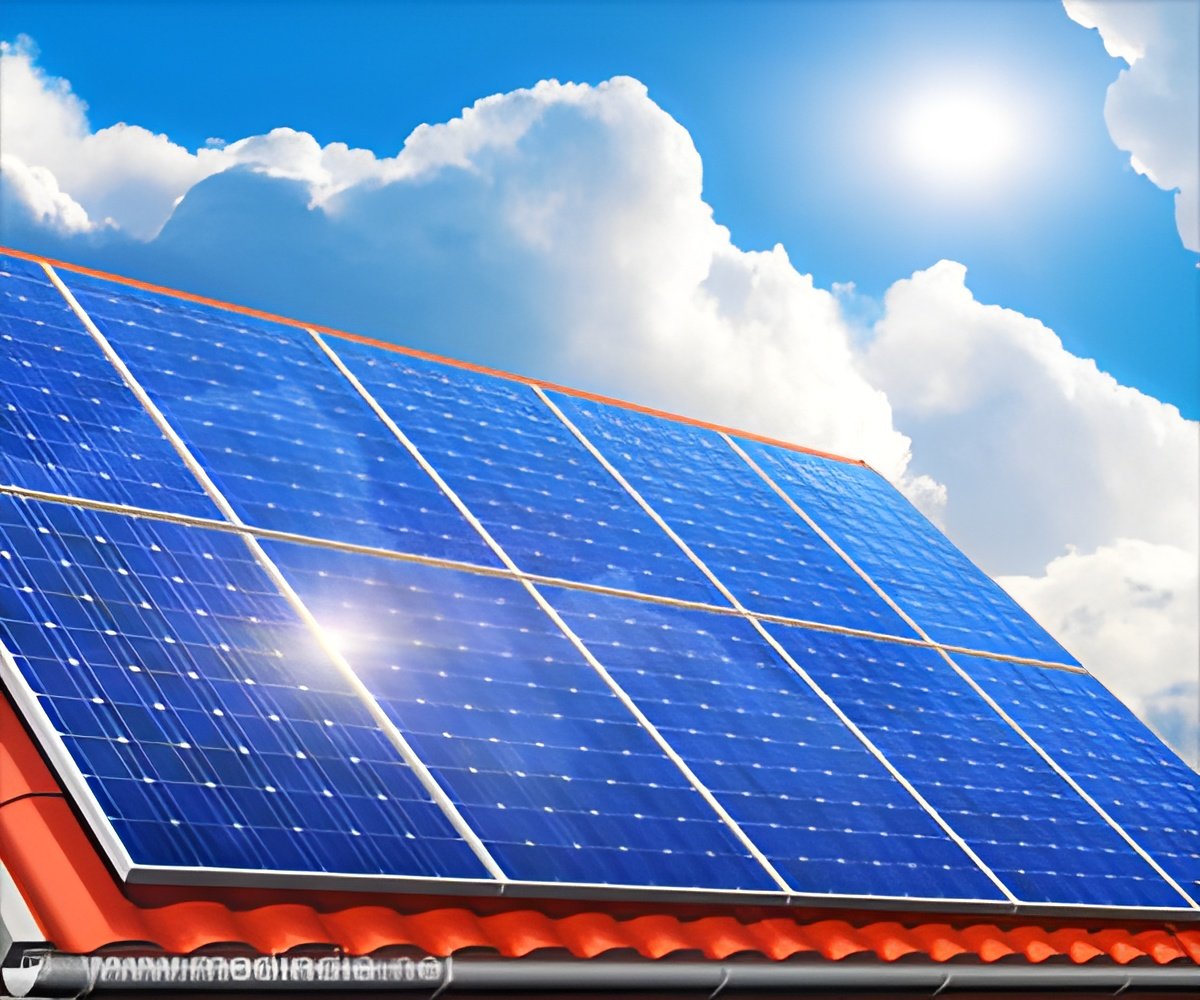The new technique involves a room-temperature solvent bath to create perovskite films and its initial testing at National Renewable Energy Laboratory in Colorado shows promise.

The technique involves a room-temperature solvent bath to create a class of crystalline materials known as perovskites, which is different from the blast of heat used in current crystallization methods to produce the solar cells.
The new method can produce superior-quality perovskite films with precise control over thickness across large areas. It also points the way toward mass production methods for perovskite cells.
The study was published in the Royal Society of Chemistry’s Journal of Materials Chemistry A.
Efficiency of Perovskite Cells
Perovskite films in solar cells are excellent light absorbers. The films are much cheaper to make than the silicon wafers used in standard solar cells.The first perovskite cell was introduced in 2009. It had shown an efficiency of only about 4 percent (the percentage of sunlight converted to electricity), a far cry from the 25% efficiency flaunted by standard silicon cells.
However, the efficiency of perovskite cells has increased at a staggering pace in just a few years. Last year, perovskite cells got certified as having more than 20-percent efficiency. That rapid advancement is promising and scientists are racing to start using perovskite cells in commercial products.
Using High Temperature to Produce Perovskite Films Causes a Number of Problems
There are many different ways to generate Perovskite films, and most of them so far have required but all of them require heat.In the heat-treatment, the crystals often form unevenly leaving tiny pinholes in the film which in turn reduces the efficiency of a solar cell. Also, flexible plastic substrates cannot be used as they are damaged by high temperatures.
Producing Perovskite Crystal Thin Films at Room Temperature in Solvent Baths
Yuanyuan Zhou, a graduate student in Padture lab at Brown University, USA, was searching for a way to make perovskite crystal thin films without having to apply heat. He could create the films using a solvent-solvent extraction (SSE) method.According to Zhou, the crystals can be formed on virtually any substrate and the entire SSE crystallization process takes less than two minutes, compared to hours long heating method. Another important thing is that the process is more amenable to mass production.
The approach also ensures very thin films maintaining high quality. Standard perovskite films are generally on the order of 300 nanometers thick, but the SSE method promises high quality films as thin as 20 nanometers.
Zhou says that the SSE films could also be made larger — several centimeters square — without generating pinholes. “Using the other methods, when the thickness gets below 100 nanometers you can hardly make full coverage of film. You can make a film, but you get lots of pinholes. In our process, you can form the film evenly down to 20 nanometers because the crystallization at room temperature is much more balanced and occurs immediately over the whole film upon bathing,” Zhou said
Researchers said that method could be used to make the cells in different colors by tweaking the perovskite precursor solution composition. “The method could be used for decorative, building-integrated windows that can make power,” they said.
Initial Testing Shows Promise
The research team plans to do more work to refine the process. Researchers conducted initial testing on the method with the help of the National Renewable Energy Laboratory in Colorado.The results of the initial testing of cells made with SSE films showed conversion efficiency of over 15%. Also, solar cells based on semi-transparent 80-nanometer films have shown very high efficiency.
Researchers believe that the results could be an important step toward a variety of commercially available perovskite cell products and will bring down not only the cost of the panels but also the cost of producing dollar energy.










